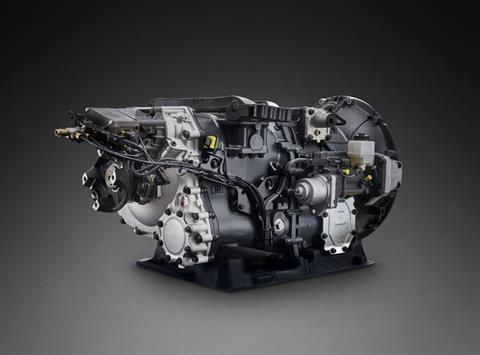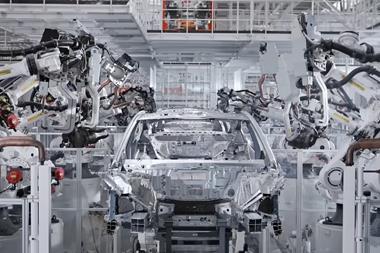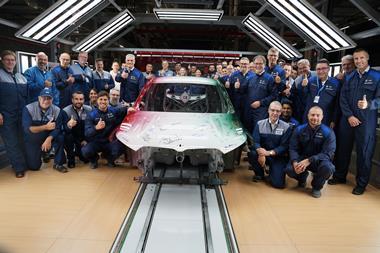Scania has become the first truck OEM to integrate remanufactured components directly into the main assembly line. The innovative approach aims for a circular economy in vehicle production.

”The gearbox was not only ’as good as new’, but its production consumed approximately 50% less material and reduced carbon emissions by 45% compared to its fully new counterparts”
Swedish truckmaker, Scania, has made a landmark achievement in heavy vehicle manufacturing by becoming the first original equipment manufacturer (OEM) to integrate remanufactured components into its main assembly line. The project, which saw a gearbox remanufactured to match the quality of new parts, was a key moment in the automotive sector’s shift towards sustainable production. The gearbox was not only “as good as new”, but its production consumed approximately 50% less material and reduced carbon emissions by 45% compared to its fully new counterparts.
This important development occurred as part of the iReGear joint research project, a collaboration with KTH Royal Institute of Technology and Scandinavian Transmission Service AB (STS), and was supported by funding from Vinnova, Sweden’s innovation agency. The gearbox underwent rigorous scrutiny, subjected to the same quality checks and functional assessments as those used on new gearboxes.

Remarkably, it passed every one of the 100 monitored quality and function parameters, reaffirming that remanufactured components can achieve the same performance standards as new parts. Fredrik Nilzén, Head of Sustainability at Scania, hailed the accomplishment: “What an achievement by the project and everyone involved. This remanufactured gearbox is a compelling example of how the manufacturing of heavy vehicles can become more sustainable, circular and efficient, while still retaining the highest quality standards.”
The environmental advantages of remanufacturing, as demonstrated in this project, go beyond reducing material use. By reusing old components, the remanufacturing process addresses a critical challenge facing the automotive industry: resource scarcity. Far from being an experimental foray, the project illustrates that remanufacturing could become an integral part of future vehicle production, supporting the transition to a circular economy.
Farazee Asif, Assistant Professor at KTH, emphasised the significance of this research. “This research provides the first evidence to support the argument that it is feasible to envision future manufacturing organisations seamlessly integrating manufacturing and remanufacturing operations to develop Circular Manufacturing Systems that consume fewer resources, produce fewer emissions, and cost less without compromising quality and performance,” he said.
“Scania’s project may indeed signal a turning point for the industry”
While remanufacturing in the automotive sector has generally been limited to the aftermarket, where reused parts account for a mere 1.1% of new manufacturing, the Scania project marks a crucial turning point.
Traditionally, remanufactured components have been confined to the production of spare parts, but the integration of these parts directly into new vehicle assembly represents a significant evolution.
The iReGear initiative could help pave the way for broader adoption of remanufacturing across the industry, as manufacturers grapple with mounting pressure to reduce emissions and cut waste. The challenge now is for others to follow Scania’s lead and embrace remanufacturing on a larger scale, allowing the automotive sector to meet climate goals while maintaining the highest levels of product quality and reliability.
Ola Stålebo, CEO of Scandinavian Transmission Service AB, expressed his excitement about the potential of this development: “STS has been remanufacturing gearboxes for more than 50 years. It’s amazing to be able to challenge the old perception that remanufactured parts only can be used for aftermarket purposes. Today, we can proudly reflect on a period of successful collaboration, where we have achieved breakthroughs in sustainable technology. This project truly shows that it might not need to stop at just one idea, but it could become a reality in the near future.”
Scania’s project may indeed signal a turning point for the industry, pushing manufacturers towards a more sustainable future where remanufactured components are not an exception, but, ideally, the norm.






































No comments yet